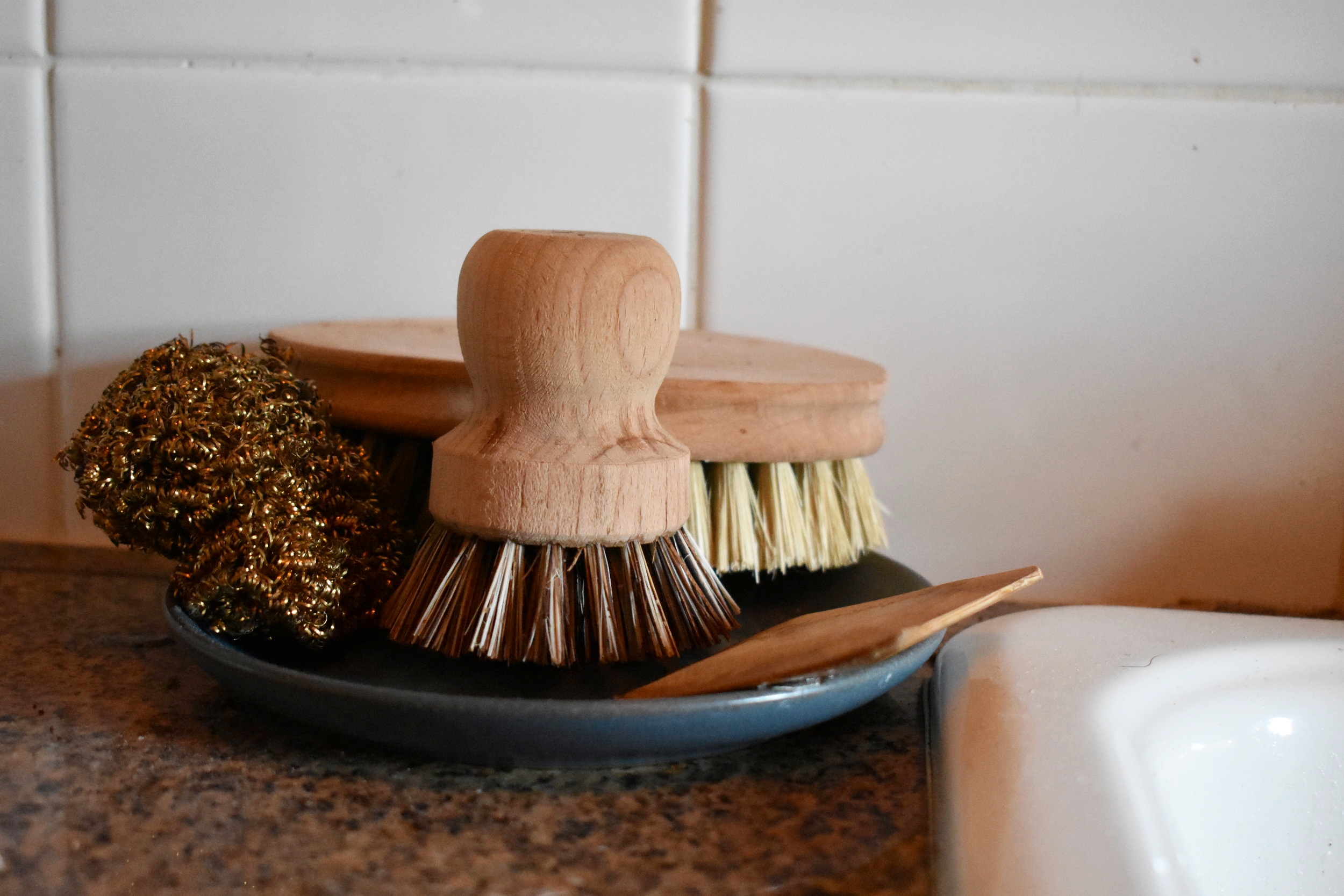Corks. Some are plastic, some are natural, and sometimes there's just a screw top. I've heard people voice concern over the fate of the trees that produce corks. For a while I didn't really have an answer, and it nagged at me as well. I have since learned that corks are actually an incredibly sustainable product themselves!
photography by Martin Olsson
Where do corks come from?
Corks come from a fantastical tree called a cork oak (quercus suber). It is native to the Mediterranean Basin in southwest Europe and northwest Africa. The harvest of the cork oak is one of the oldest examples of sustainable plant use. These forests are still harvested and cared for by local populations, providing a vital source of income.
Not only are these trees a form of economic sustainability for the people of the area, they are are incredibly important ecologically. Cork oak landscapes cover nearly 2.7 million hectares of Portugal, Spain, Algeria, Morocco, Italy, Tunisia, and France. They also support an incredibly biodiverse and endemic population of wildlife including the critically endangered Iberian lynx, the Iberian imperial eagle, the Barbary deer, and many species of rare birds.
Photography by Peter Burka
Ecological Economics
The cork oak forests are one of the few amazing examples where the economy actually drives conservation. When alternatives for wine stoppers come on the market, they reduce the need (and therefore value) of the cork oak landscapes. This can eventually lead to decline in conservation efforts, conversion of the forests, or eventually abandonment of them all together. If this were to occur it could result in increased local poverty, loss of biodiversity, and potentially loss of the landscape type all together.
So if you care about this amazing ecotone and all its natural wonders, buy wines that use real cork! No synthetic corks, no screw tops, none of that nonsense!
"But Alli, how can I keep track of what wines have real corks? You don't even know until you've already bough them!"
Luckily the tech world has solved this problem for us! Corkwatch is a database of wines with natural corks curated "by wine lovers for wine lovers." It's pretty extensive and super easy to use!
So on your hunt for sustainable and delicious wine, keep the cork oak in business and buy natural!










